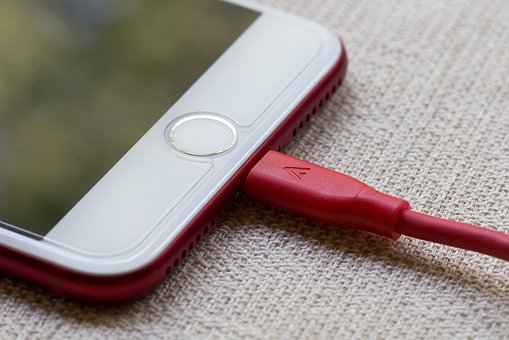Altice Wants to Take It a Step Further
The Comcast Xfinity Mobile and Charter Spectrum Mobile plans are relatively similar in service capabilities, pricing, and underlying cellular network (from Verizon). With its partnership with Sprint, Altice looks to differentiate its service.
I happen to be an Altice customer. Altice
acquired Cablevision, my legacy cable provider, in 2016, and merged it with Suddenlink to form the fourth-largest cable company in the U.S. Still, with just short of five million subscribers, Altice is a small fry among Comcast and the other majors, but I always found Cablevision to be among the most technically aggressive of the cable providers. We were among the first to get cable Internet service and cable voice service, and the company also drove higher data rates and innovations like network DVR (i.e., the ability to store cable programming in the cloud for replay later).
In what is described as a first-of-its-kind agreement permitting a higher level of network integration, Sprint is allowing Altice “to connect its network to the Sprint Nationwide network and have control over the Altice USA mobile features, functionality, and customer experience.”
According to FierceWireless, the Altice offering is unique because "Altice will provide the SIM, voice messaging, customer care, and billing, and it will even negotiate roaming partnerships.” What is unclear is what difference that would make to either the profitability or the user experience.
In return, Altice is providing network connectivity to Sprint over its fiber facilities for Sprint small cell deployments. This is key for Sprint’s small cell and network densification plans for 5G.
Providing backhaul network access for all of the small cells that are envisioned for 5G, along with the perennial problem of cell placement, is proving to be one of the big challenges for carriers moving to 5G. With this agreement, Sprint will have access to Altice’s local fiber distribution facilities and be able to deploy strand-mounted small cells (i.e, these would be hung from Altice’s overhead cable wires). Thus far we’ve only heard of Sprint using this model in Altice’s Long Island, N.Y., service area, though this could be a model for cable company-cellular partnerships going forward.
Time to Pull The Trigger?
For some enterprise customers, particularly those with especially tight budgets, the cable-cellular offerings might be an option worthy of a second look. Even customers that wouldn’t even consider a cable-cellular service for the CEO might find some areas of the business where a solution like this might be just the ticket -- and at the right price point.
Of course, Comcast and Charter use Verizon, which typically comes out on top in the customer ratings, while Altice’s partner, Sprint, brings up the rear. On paper, Altice’s plan looks interesting, but exactly what advantage Altice gains by controlling the “mobile features, functionality, and customer experience” is something of a mystery. At the end of the day, Sprint is providing the critical cellular part of the service. Are Altice’s customers really going to get better service on Sprint’s network than Sprint customers?
The idea of a cheaper cellular service is attractive, but an even more functional offering than what the cellular carriers have been selling us is even more interesting. However, it’s important to note that Altice is being run by co-presidents Dexter Goei and Charles Stewart, both former investment bankers with no discernible experience in the mobile business. That should give you pause. The wireless industry has a long history of attracting bright-eyed though inexperienced people who are certain they’ve discovered the “next big thing in wireless” only to be dragged down by the myriad eddies and whirlpools that characterize the wireless business.
Still, in the mobile space we’ve been pining for a terrestrial wireless service (we’ve got plenty of satellite options) other than what the cellular providers have been offering. We could use it as a backup alternative if nothing else. The combined Wi-Fi resources of the cable companies seem to be the best available option for that at the moment.
With 5G now coming into view, it appears that a whole panoply of wireless options are appearing (or “reappearing”). The key for the CIO or mobility manager will be to know all you can (including all the warts) about what you’re committing to before you sign on the dotted line.










